Advertisement
Deepest Lakes in the World
Advertisement
Lakes are fascinating land-locked bodies of water that don't drain directly into the sea. While none match the oceans in depth, some are surprisingly deep and require specialized diving equipment to explore their lowest levels. Interestingly, at least one of these deep lakes is commonly referred to as a sea, even though it's technically a lake. When measuring the depth of lakes, it's important to note that they're not measured from sea level. Since lakes rest on continental plates, some sit well above or below sea level. Therefore, depths are calculated from the lake's average surface level down to its deepest point.
Lake Baikal, Russia
First up is Lake Baikal in Russia, the deepest lake in the world. Plunging to a depth of 5,387 feet (1,642 meters), Lake Baikal holds over 22% of the planet's liquid freshwater—that's more than all the Great Lakes of North America combined! The total volume of water in this massive lake is approximately 5,660 cubic miles (23,615 cubic kilometers).
Lake Baikal formed around 30 million years ago when the continental plate it sits on began to stretch and pull apart, creating a rift valley—the initial stage of ocean formation. For reasons still unknown, the forces that tore open the Earth's crust halted, leaving a fissure that filled with water and became Lake Baikal. It's not just deep; it's also one of the oldest and most voluminous lakes on Earth.
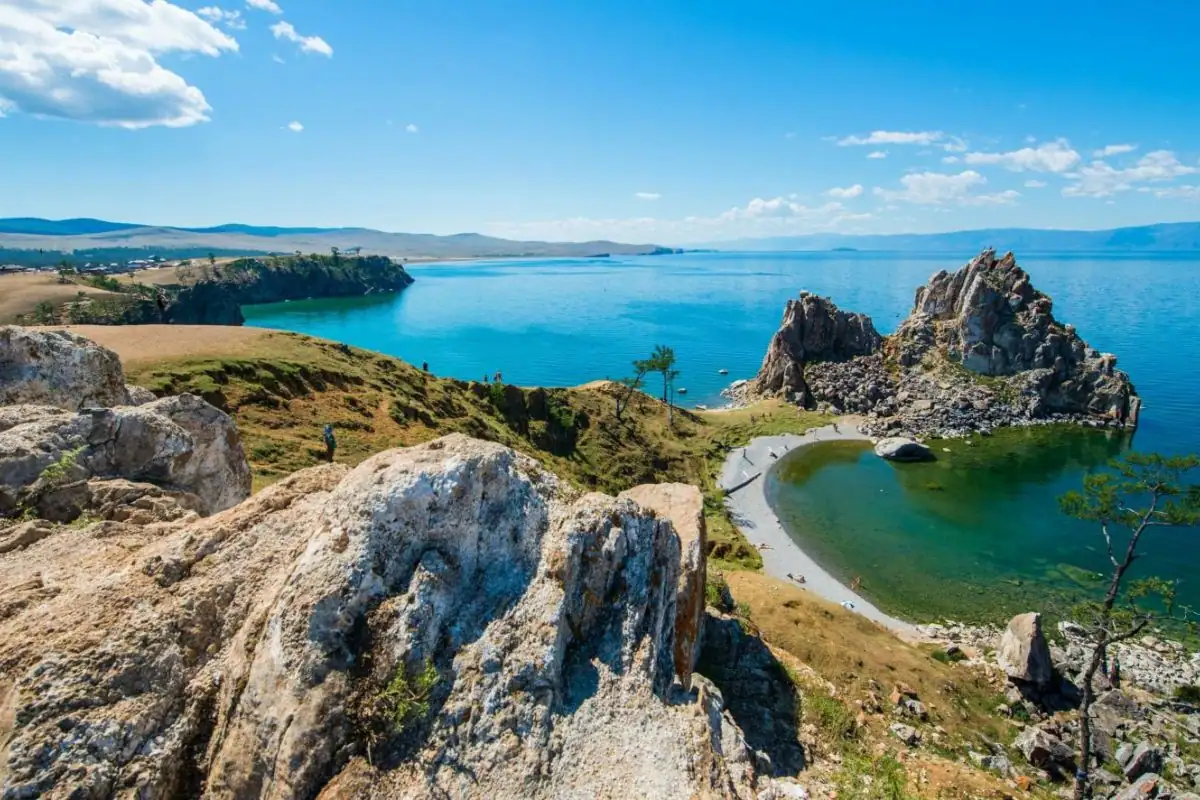
Advertisement
Lake Tanganyika, Central Africa
Moving on to Central Africa, Lake Tanganyika shares its waters with four countries: Tanzania, Burundi, Zambia, and the Democratic Republic of Congo. As the second deepest lake globally, it reaches depths of 4,823 feet (1,470 meters). Lake Tanganyika is also the world's longest freshwater lake, stretching about 410 miles (660 kilometers).
Containing about 18% of the Earth's available freshwater, it boasts a volume of 4,500 cubic miles (18,900 cubic kilometers). The lake is a biodiversity hotspot, home to hundreds of unique species of fish and other aquatic life found nowhere else. It's a vital resource for the surrounding communities, providing food and transportation routes.
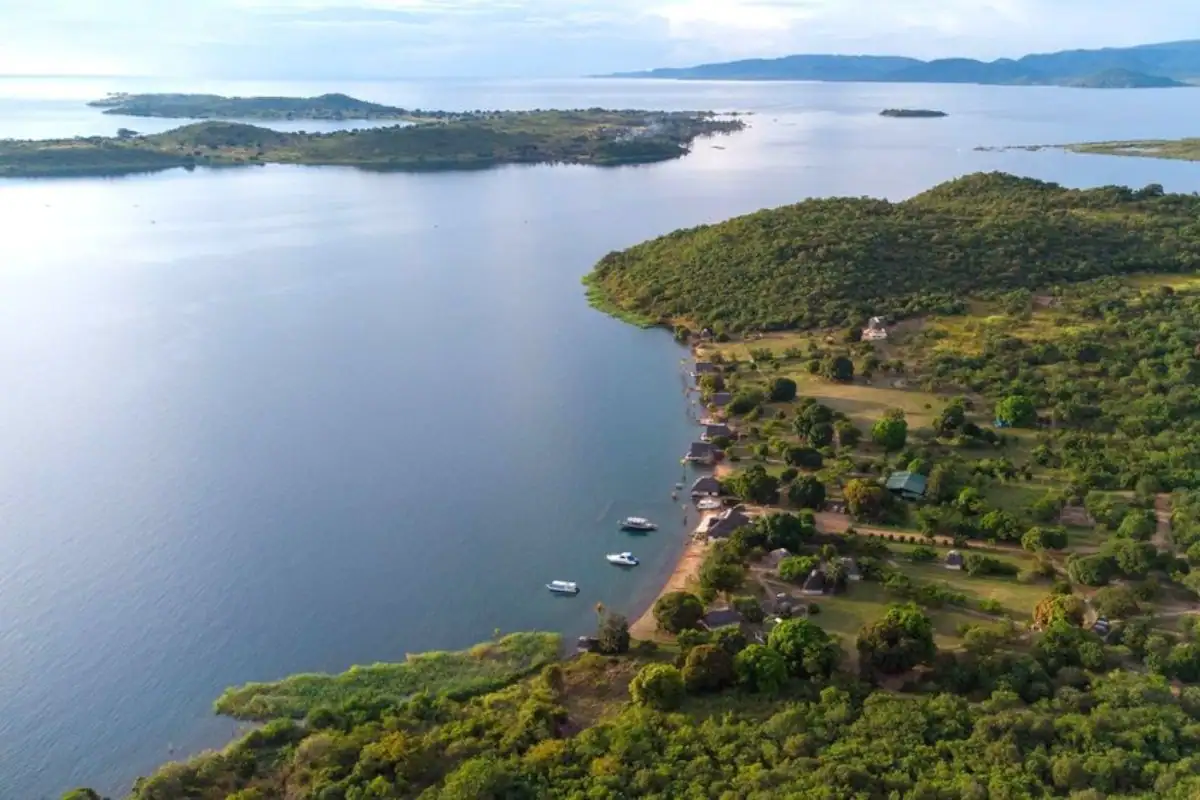
Advertisement
The Caspian Sea, Eurasia
Now, let's talk about the Caspian Sea—a name that might throw you off. Despite being called a sea, it's actually the world's largest lake and ranks third in depth, reaching 3,363 feet (1,025 meters). Bordering several countries including Iran, Turkmenistan, Kazakhstan, Azerbaijan, and Russia, the Caspian Sea is a crucial source of fish, especially the Beluga sturgeon.
The Beluga sturgeon's eggs are harvested here to produce some of the world's most expensive caviar. The lake's unique brackish water (a mix of fresh and saltwater) supports a diverse range of marine life. It's an essential economic and ecological asset for the region.
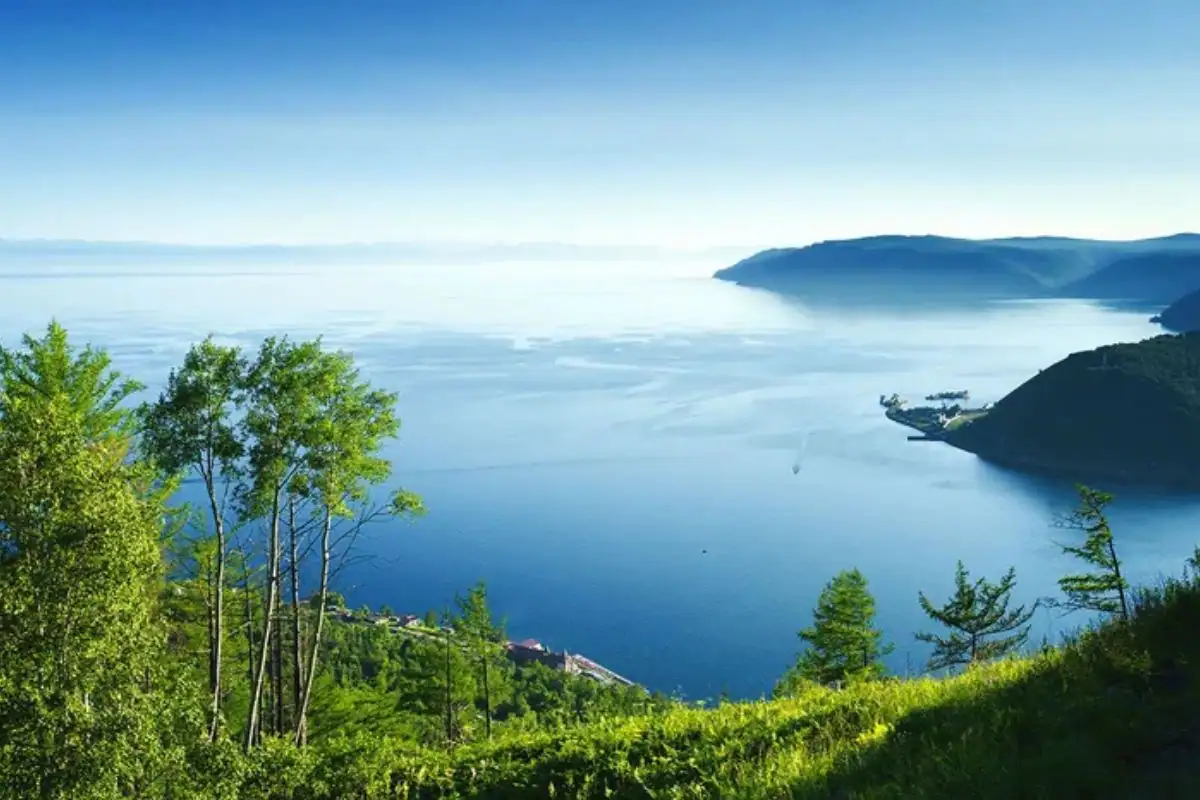
Advertisement
Lake Vostok, Antarctica
Venturing to the icy continent of Antarctica, we find Lake Vostok, the fourth deepest lake in the world. Hidden beneath a thick ice sheet about 1,500 feet (457 meters) thick, this lake reaches depths estimated at 3,300 feet (1,006 meters). The liquid water beneath the ice harbors a unique ecosystem of microorganisms that have evolved in isolation for millions of years.
Due to its pristine and untouched environment, Lake Vostok is protected by international agreements. Drilling into the lake is carefully managed to prevent contamination. Scientists are fascinated by this lake because studying it could offer clues about life on other icy worlds, like Jupiter's moon Europa.
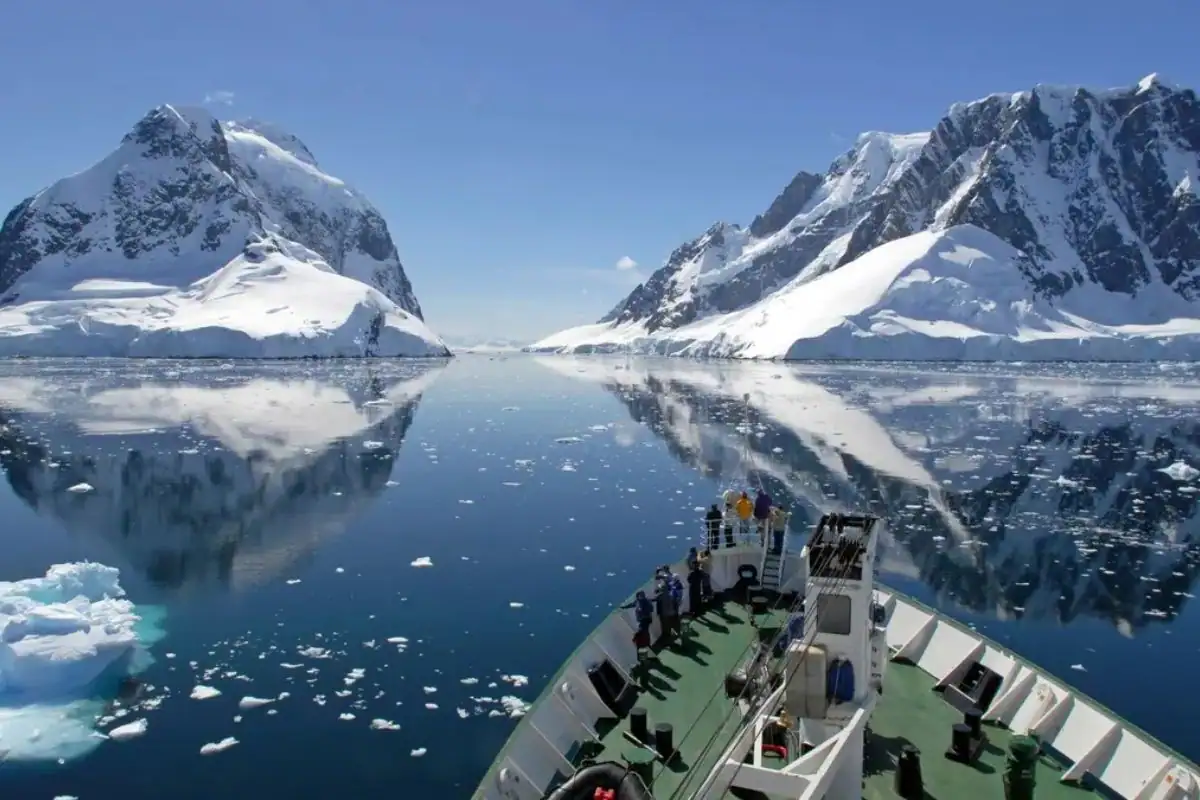
Advertisement
Lake O'Higgins-San Martín, South America
Heading over to South America, Lake O'Higgins—known as Lake San Martín in Argentina—straddles the border between Chile and Argentina. It's the fifth deepest lake globally, with a maximum depth of 2,742 feet (836 meters). The lake is renowned for its striking milky blue color, a result of finely ground rock particles suspended in the water from the nearby O'Higgins Glacier.
This glacial lake is nestled amidst the Andes Mountains, offering breathtaking scenery. It's a popular destination for adventurers and nature enthusiasts who are drawn to its pristine waters and the surrounding rugged landscape.
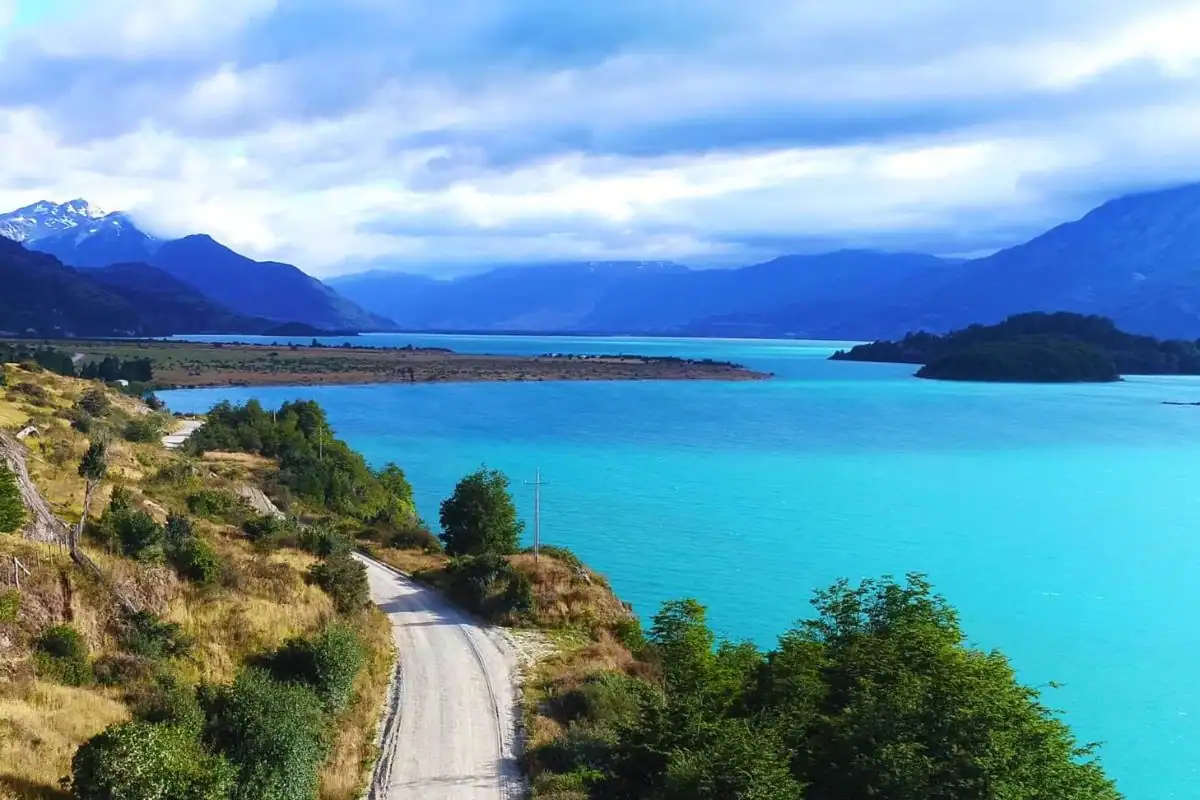
Advertisement
Lake Malawi, Eastern Africa
Lake Malawi, also known as Lago Niassa in Mozambique and Lake Nyasa in Tanzania, is shared among three African countries. As the sixth deepest lake, it reaches depths of 2,316 feet (706 meters). Following Lake Tanganyika, it's the second deepest lake on the African continent.
This lake is famous for its incredible diversity of cichlid fish, many of which are endemic. The vibrant colors and varieties of these fish make it a popular spot for snorkeling and diving. Lake Malawi is not only a natural wonder but also a critical resource for local fishing communities.
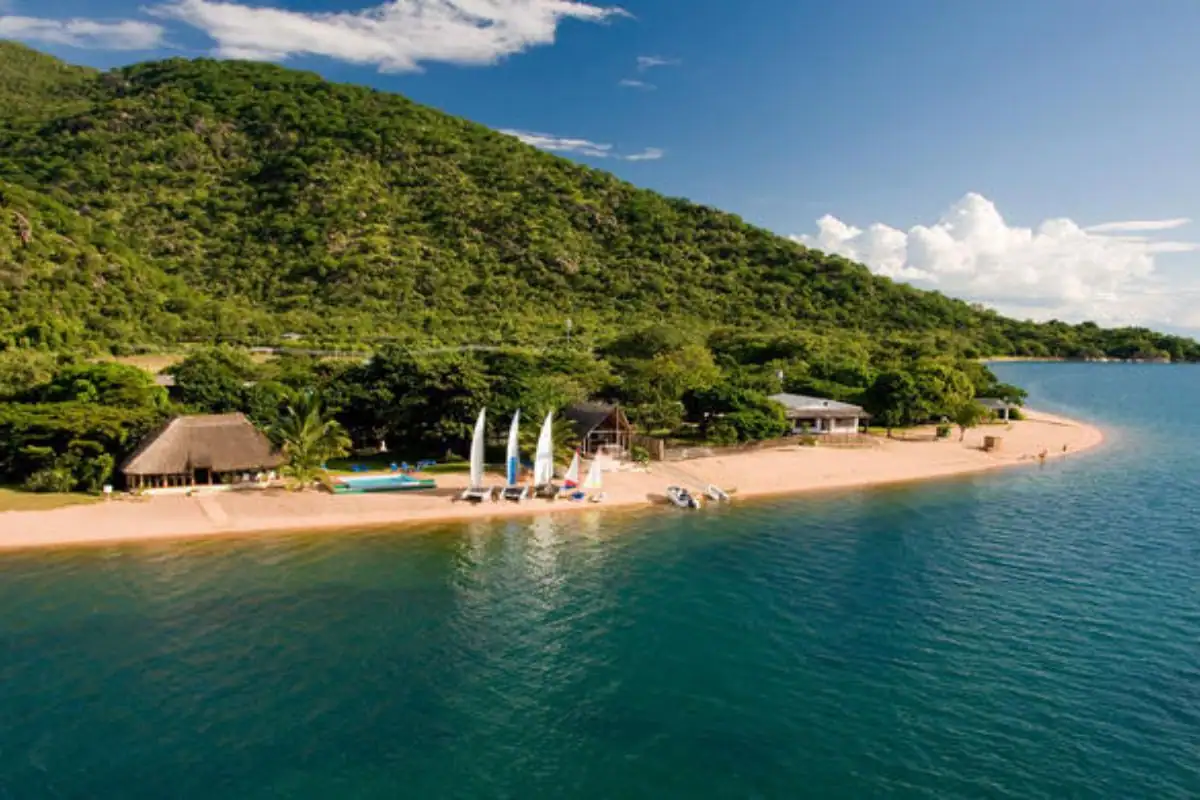
Advertisement
Issyk-Kul, Kyrgyzstan
Next on the list is Issyk-Kul in Kyrgyzstan, the seventh deepest lake, plunging to 2,192 feet (668 meters). Located in the Tian Shan mountains, the name Issyk-Kul means "warm lake" in the local Kyrgyz language. Despite being surrounded by snow-capped peaks, the lake never freezes over.
The lake's slight salinity, at about 0.6%, lowers the freezing point of the water just enough to prevent it from icing over, even in harsh winters. Issyk-Kul is a significant site for both tourism and cultural heritage, with ancient petroglyphs and historical sites dotting its shores.
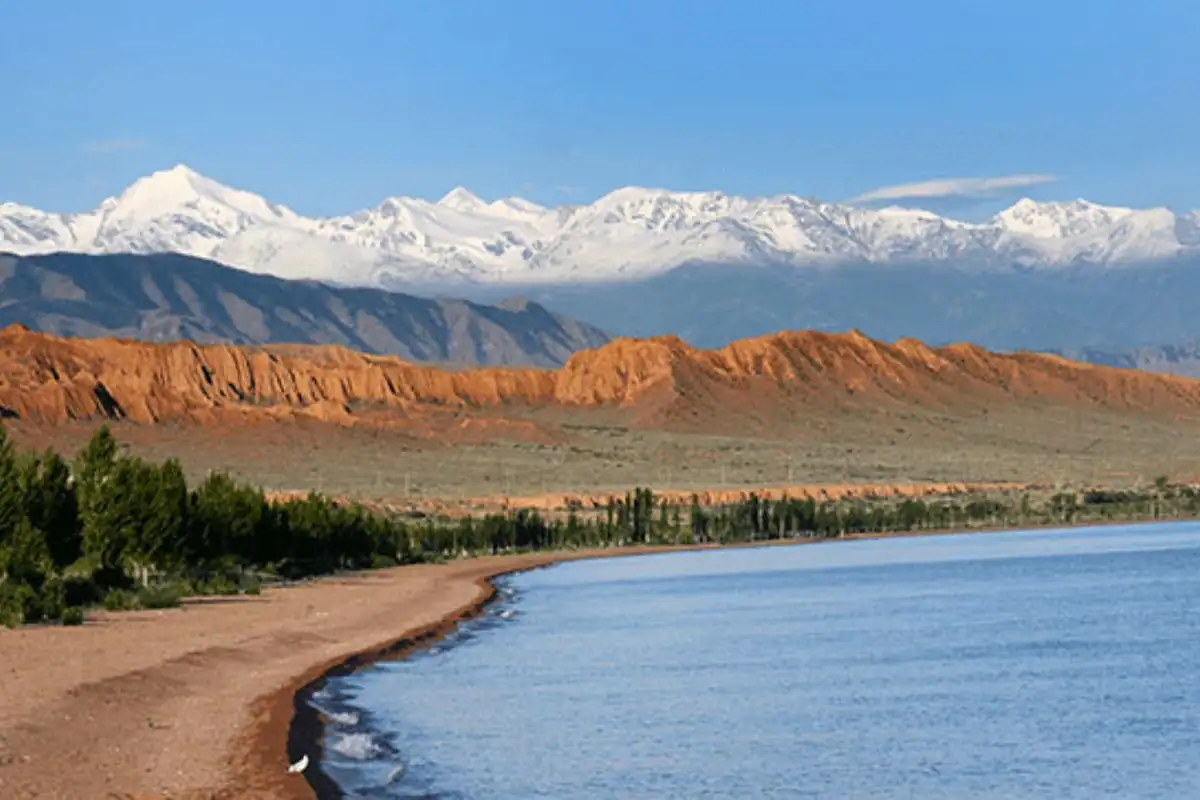
Advertisement
Great Slave Lake, Canada
Traveling to North America, the Great Slave Lake in Canada's Northwest Territories is the eighth deepest lake, with a depth of 2,015 feet (614 meters). It's the deepest lake in North America and the second-largest lake entirely within Canadian borders.
The lake gets its name from the Slavey First Nations people, although they refer to themselves as the Dene. Rich in fish and surrounded by vast wilderness, Great Slave Lake is a hub for fishing, boating, and exploring the northern frontier.
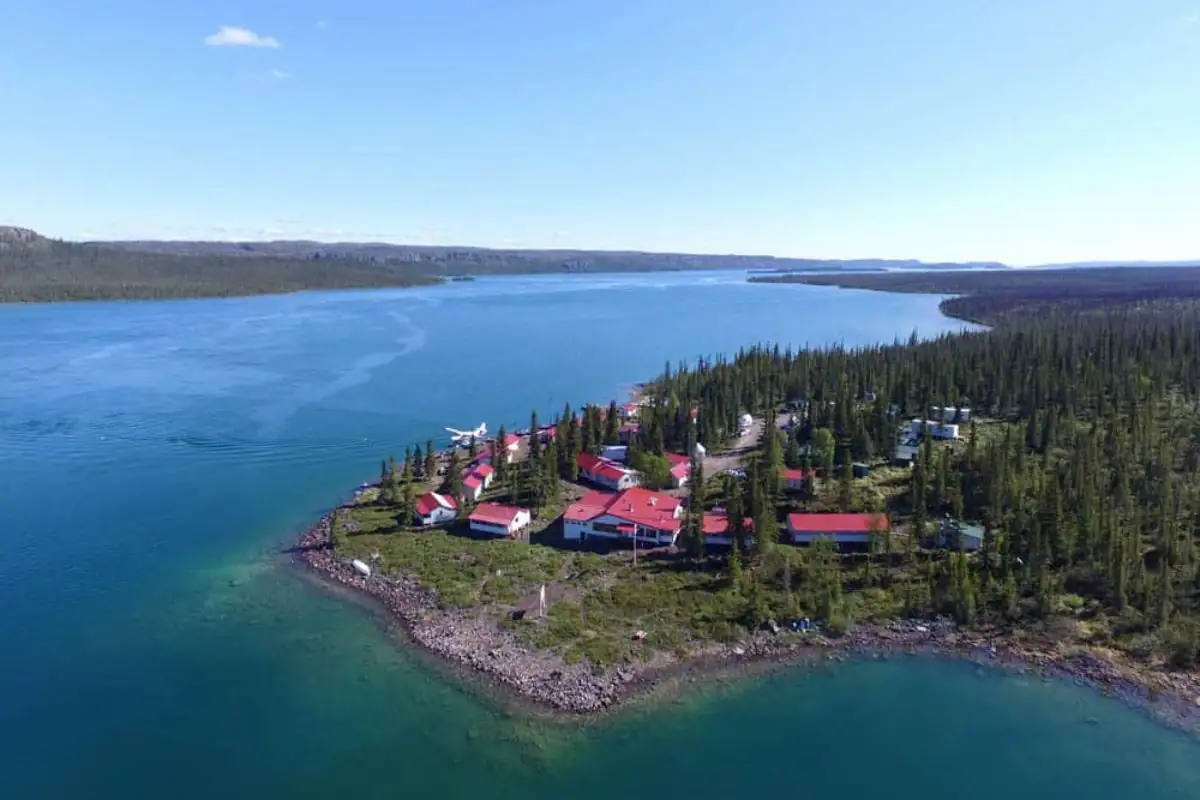
Advertisement
Quesnel Lake, Canada
Also in Canada, Quesnel Lake in British Columbia is the ninth deepest lake worldwide, measuring 2,001 feet (610 meters) deep. This glacial lake is one of the world's deepest fjord lakes and is renowned for its clear waters and abundant trout population.
Quesnel Lake is an important source of drinking water and supports a thriving tourism industry focused on fishing, boating, and hiking. The surrounding areas are rich in wildlife, making it a paradise for nature lovers.
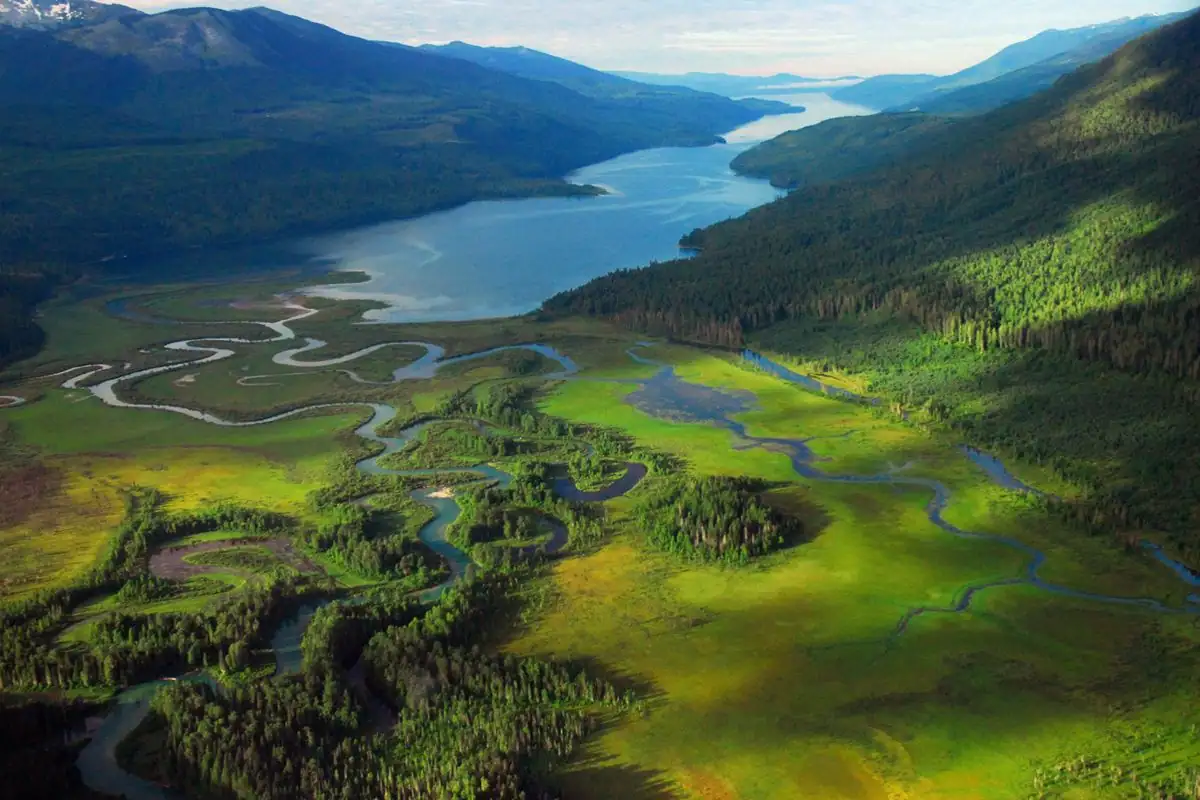
Advertisement
Crater Lake, United States
Last but not least, Crater Lake in Oregon, USA, is one of the most unique lakes on the planet. Formed approximately 7,700 years ago after the eruption and collapse of Mount Mazama, this lake is the tenth deepest in the world, with a depth of 1,949 feet (594 meters).
It took about 700 years for rainfall and snow to fill the caldera to its current level. The lake is famous for its deep blue color and exceptional clarity. Mount Mazama is still considered an active volcano, but it's not currently a threat. Crater Lake is a popular tourist destination, offering stunning vistas, hiking trails, and boat tours to explore its beauty.
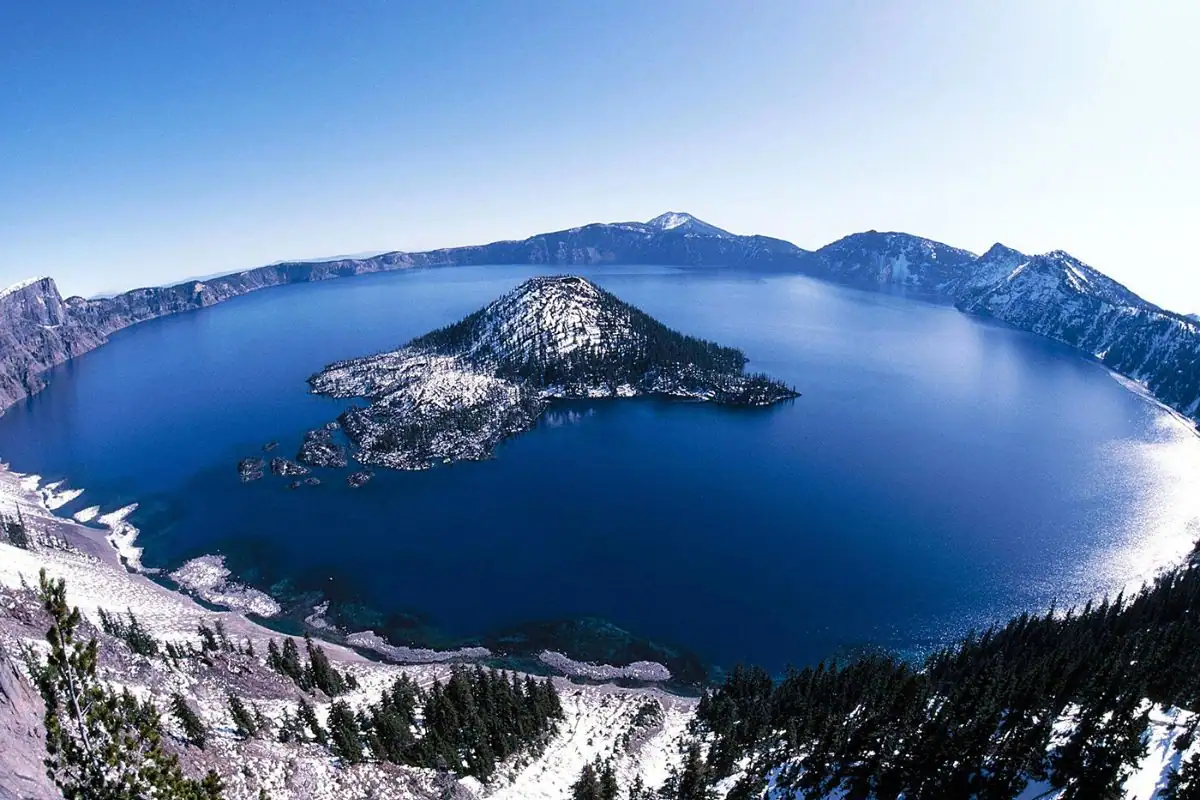
.png)




